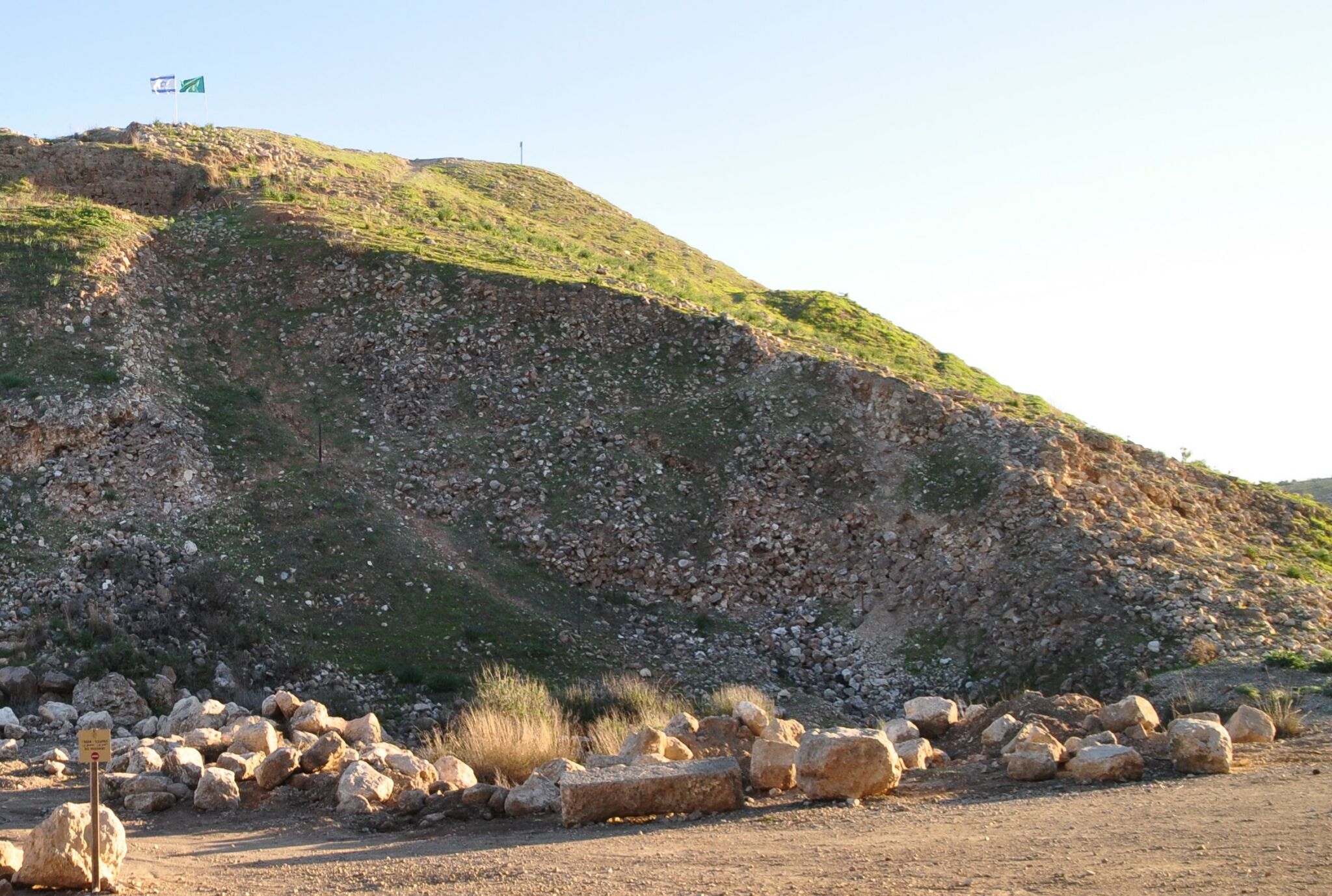“Therefore thus saith the Lord concerning the king of Assyria: He shall not come unto this city, nor shoot an arrow there, neither shall he come before it with shield, nor cast a mound against it” (2 Kings 19:32). So prophesied Isaiah to Hezekiah following the Assyrians’ conquest of “all the fortified cities of Judah” to that point—excepting the capital, Jerusalem. The Bible relates a great miracle that prevented Sennacherib from doing the same thing to Jerusalem.
To this day, archaeologists have wrung their hands trying to provide a rational explanation for how Sennacherib’s powerful forces did not conquer Jerusalem.
Conversely, thanks to new research released last month, the events leading up to Isaiah’s prophecy have now been illustrated: how Sennacherib conquered Judah’s other cities before he arrived at Jerusalem. As it turns out, his methods were just as the Prophet Isaiah described.
A Streamlined Siege Machine
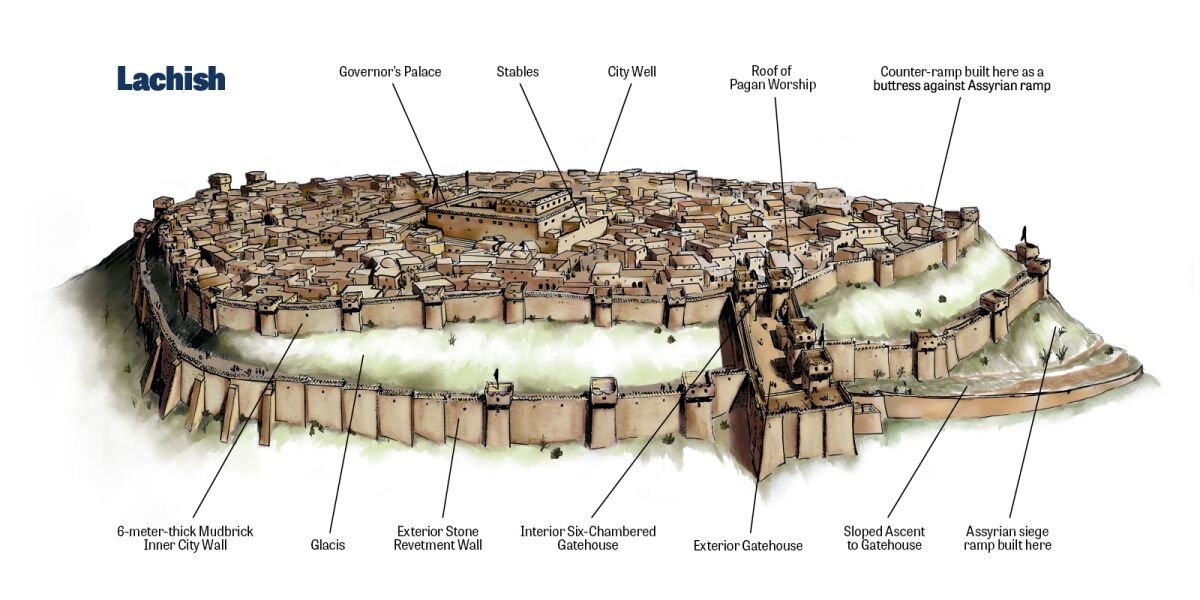
Specifically, this research concerns a detailed analysis of Tel Lachish’s siege ramp. The new thorough investigation, published in the Oxford Journal of Archaeology, was led by excavator Prof. Yosef (Yossi) Garfinkel (in conjunction with Jon Carroll, Michael Pytlik and Madeleine Mumcuoglu) and draws on Garfinkel’s own archaeological excavation at the site, the use of new drone technologies used in site analysis, and a reassessment of biblical and other historical source material.
Lachish is known as the kingdom of Judah’s “second city,” after Jerusalem. Indeed, particular mention of Sennacherib’s capture of this significant city is found in 2 Kings 18-19, 2 Chronicles 32 and Isaiah 36-37 (as well as a prophetic mention in Micah 1). Archaeological excavations at the site have revealed a plethora of remains relating to this violent Assyrian conflagration that took place at the end of the late eighth century b.c.e., and Sennacherib’s palace at Nineveh was decorated with huge reliefs portraying his conquest of the city. (Here again, what is more telling is what was not depicted: a triumphant conquest of Jerusalem. Sennacherib’s own prism inscriptions tell of his threats against Jerusalem—only to subsequently leave Hezekiah alone, the record going strangely silent without any mention of assault on the capital.)
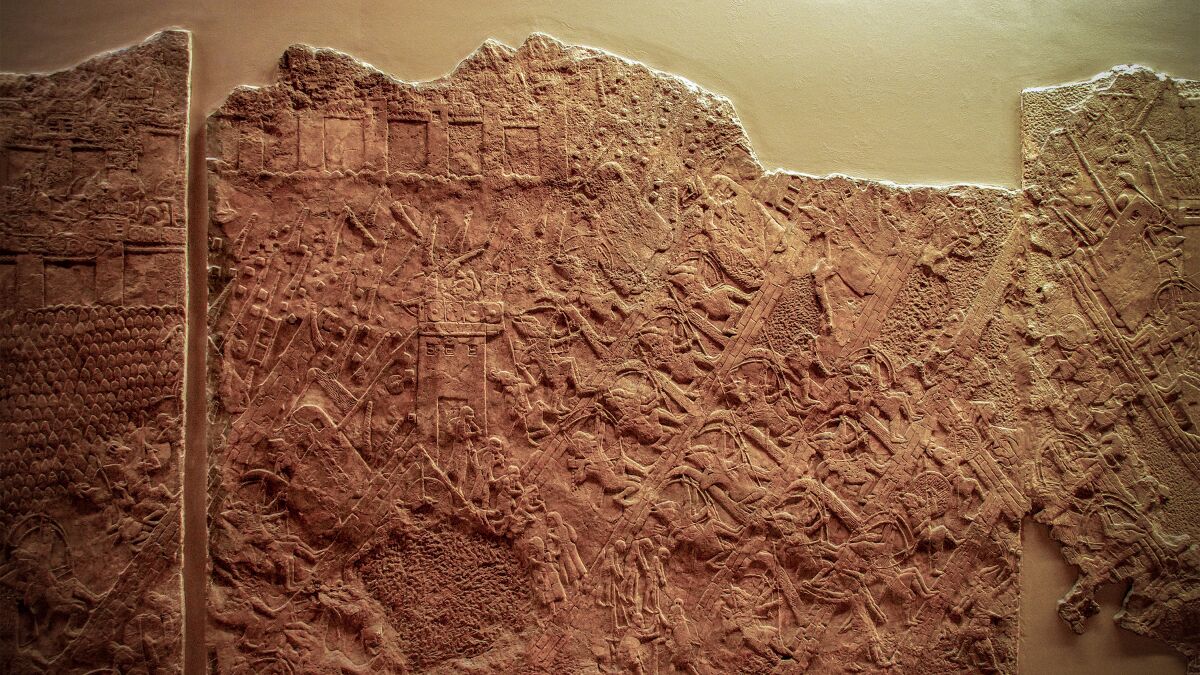
One of the most notable geographic features of Tel Lachish is its huge siege ramp, dating to the period of this Assyrian destruction. This siege ramp is the oldest-such confirmed siege installation known (although possible evidence of another has been found at Tel Azekah, likewise attributed to Sennacherib’s invasion).
How was it constructed? Various theories have been proposed, based around the existing remains of the structure. But as the new research explains, these theories appear to fall short.
The new research notes that the remains of the siege ramp are far from close to how it would have looked at the time of the Assyrian attack. Namely, due to Lachish being resettled after the siege (i.e. Jeremiah 34:7)—leaving a massive gangway preserved that led straight up into the fortress would have been lunacy. As such, the Judeans must have had a vested interest in at least partly dismantling it, throwing the rocks aside, and leaving it far steeper (and by the same token, wider) than the original ramp would have been. This is what we see today.
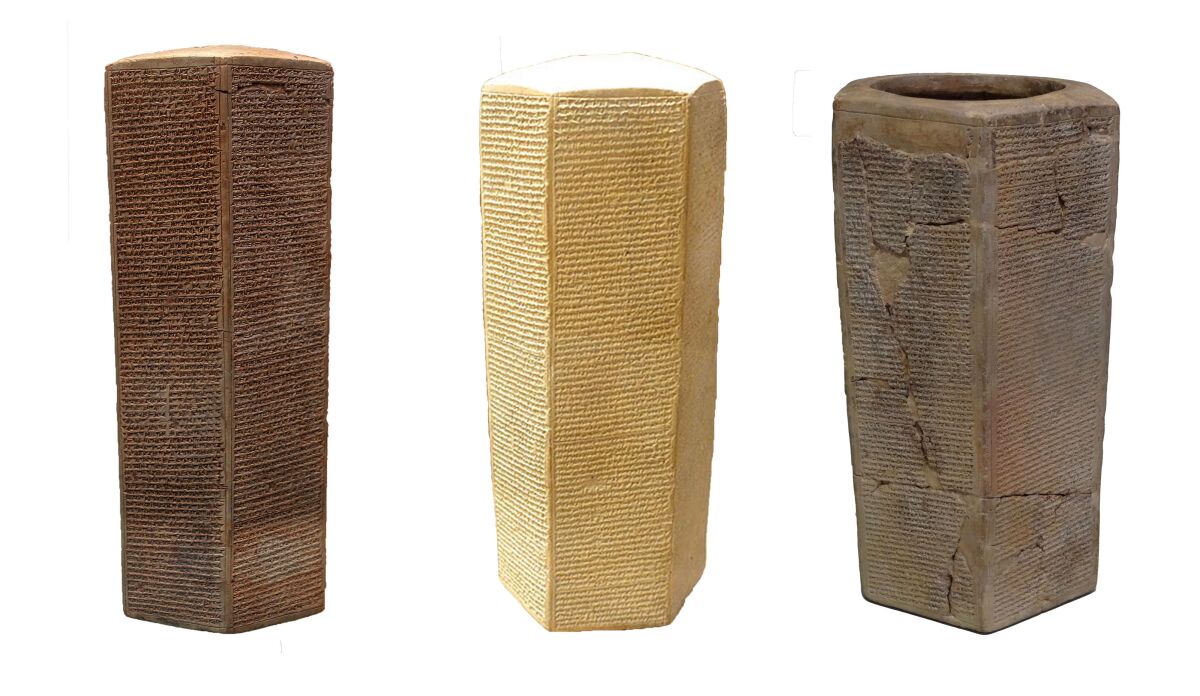
The practical question regarding Assyrian siege logistics, though, is where did this massive quantity of stones come from? For that matter, how long must it have taken to build such a ramp given the biblical and inscriptional accounts of Sennacherib’s blitzkrieg assault of 46 Judean cities, apparently in the course of a single year’s campaign?
The Lachish siege ramp was constructed of small boulders, averaging about 6.5 kg (14.3 pounds) in weight. Prof. Garfinkel points out that searching for sufficient loose fieldstones would have been too time-consuming—instead, the answer is quarrying.
Brute Force and Intelligence
The research paper highlights the presence of a rocky, cliff-like area some 120 meters south of Tel Lachish—in exact directional line of the Lachish siege ramp—with tell-tales signs of chiseling. Evidently, the ramp stones had been quarried from this point. Using computer modeling and drone scanning to calculate the optimal shape of ramp for the siege, Garfinkel et al. proposes a starting point for the ramp some 80 meters from the city wall, at a slight enough angle and wide enough to allow two siege engines to be pushed up in parallel (as depicted on the Lachish reliefs); yet not too long, low and wide to waste effort on unnecessary, time-consuming construction.
Garfinkel proposes the ramp being built up starting nearest the quarry, rather than at the base of the tel—this would allow for the safety of the workmen during the initial construction of the mound, and would mean that as the workmen got closer to Lachish, in a fashion of “pouring” the stones out into an ever-growing pile, they would also be getting higher, thus minimizing the height advantage of Lachish. (It’s also notable that the siege ramp was built up against the sharpest corner section of Lachish’s defensive wall, meaning that fewer defenders could be in direct contact with the Assyrians, and that the “line of fire” from Judean troops further down the wall would be severely inhibited.)

Based on the researchers’ believed optimal modeled distance, angle and width of the siege ramp, it would have required an estimated 3 million stones to build—roughly 20,000 tons (or put another way, that’s some 16,000 Mazda 3’s—one of the most ubiquitous cars in Israel).
Surely that would take an enormous amount of time? Actually, the research model postulates that it would have taken some three weeks.
Based on the piled width of the structure, Garfinkel estimates that four teams of men, in chains, would have been optimal for the siege ramp’s construction. Passing single stones from man-to-man would have been the most time-efficient method, as they were each hewed out of the rocky outcrop—saving time otherwise spent hobbling back-and-forth over uneven ground, not to mention the wear and tear to buckets or baskets being filled up with boulders. It is estimated that in this steady, around-the-clock manner—night and day, with constantly refreshed teams of laborers—up to 160,000 stones could have been moved every day. Of this, Prof. Garfinkel cites another verse of Isaiah’s relating such a diligent, night-and-day effort: “None of them tired, none of them stumbling, none of them asleep or drowsy, none of them with belt unfastened, none of them with broken sandal-strap” (Isaiah 5:27; New Jerusalem Bible).

Offensive Shields?
As the laborers got closer and closer to the wall of Lachish, they would logically have been protected by large, L-shaped shields (of the sort depicted in Assyrian reliefs). This would have constituted a fearsome, slowly marching, slowly rising “shield wall” northward toward the city.
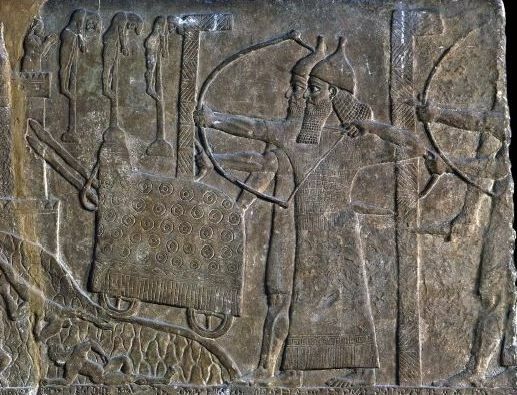
Finally, it appears that a layer of earth and then hewn logs were laid atop the siege ramp (as shown by the platform underneath the siege machines on the Lachish reliefs. Jeremiah 6:6 also mentions tree-felling together with the building of a siege ramp). This would have provided the surface atop which the battering rams could be rolled.
In summary, Prof. Garfinkel noted that “Isaiah’s words [about the nature of Assyrian assault] can be better understood in the light of our model.” He continued:
“He will not enter this city, will shoot no arrow at it, confront it with no shield, throw up no earthwork against it” (2 Kings 19:32). … The order of the Assyrian actions here is shooting arrows, advancing a shield, and constructing a siege ramp. While shooting arrows and constructing a ramp are aggressive actions, why is a shield, a defensive object, mentioned here?
Here and in other cases (2 Samuel 20:15; Jeremiah 6:6; Ezekiel 4:2; 17:17; 21:27; 26:8; Daniel 11:15), the verb used for the construction of the ramp is spk (Eph’al 1984, 64). The same verb is used for pouring liquids such as water (1 Samuel 7:6) or blood (Leviticus 4:7; Deuteronomy 12:27). Why does the description of a ramp’s construction include a verb used for pouring materials?
It seems that Isaiah’s words can be better understood in the light of our model. The shield mentioned by the prophet is the large and heavy one that protected the builders of the ramp and was advanced closer and closer to the city every day. The shield prevented the Judean warriors from disrupting the construction of the ramp, and thus became a symbol of the Assyrian supremacy. Since it was built from the southern end, the ramp at Lachish was constructed by dumping the building material, an action that can be likened to the pouring of liquids. The mighty Assyrian army was active day and night during the construction of the siege ramp.
As such, the well-oiled Assyrian siege-building machine would have constituted a fearsome sight, and one that the city’s defenders would have been helpless to stop—only to await their fate as the well-defensed siege ramp grew closer and closer to the weak point of their city. Therefore, the gradual “advancing of a shield” truly would have been feared as an offensive weapon.
It certainly highlights Micah’s prophetic warning to Lachish, years earlier, for the sins of the city, and his simple instruction: “[B]itterness awaits them as the Lord’s judgment reaches even to the gates of Jerusalem. Harness your chariot horses and flee, you people of Lachish” (Micah 1:12-13; New Living Translation).
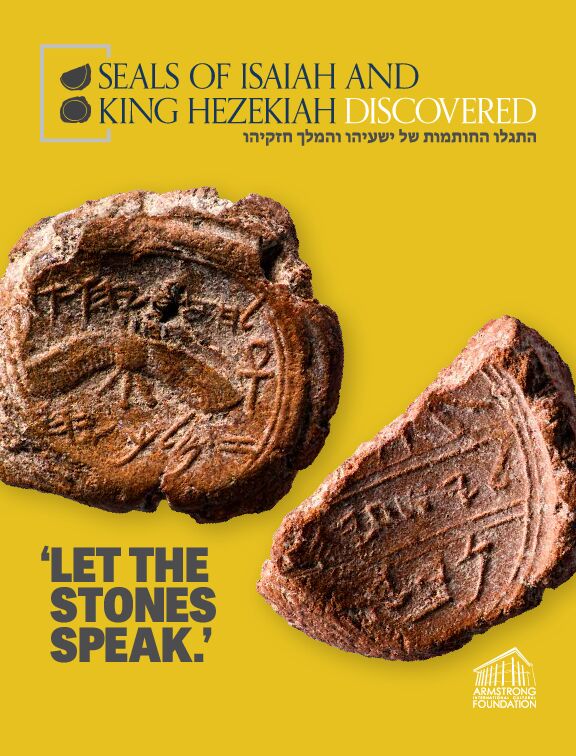
For an in-depth look at this remarkable period in Judah’s history—Sennacherib’s victories and final halting at Jerusalem—take a look at our online exhibit Seals of Isaiah and King Hezekiah Discovered. Also request a free copy of our quality exhibit booklet of the same name.
